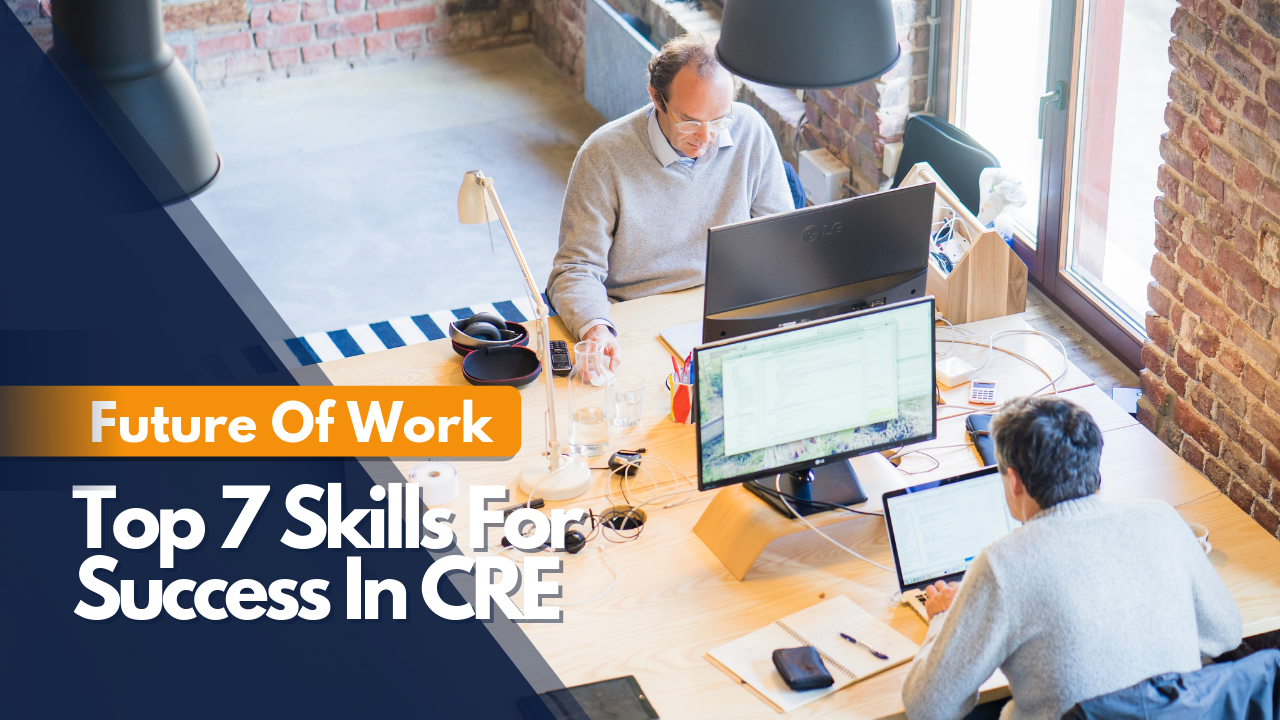- VR adoption in the workplace is starting the increase.
- Corporates are leading the way with a range of interesting applications.
- Potential applications in the flexible workspace are “endless”.
Despite the glitzy launches and sleek headsets, Virtual Reality is struggling to gain traction in the public domain. Last year, one of the technology’s most notable proponents, Facebook CEO Mark Zuckerberg, admitted VR adoption was much slower than Facebook hoped.
In the corporate space, a handful of organisations are starting to use VR. But the flexible workspace industry seems to be struggling to understand the potential applications of this technology.
Of course, there are exceptions. Virtual spaces business vSpatial launched a free VR workspace in October 2017. Its vision of the future is clear from the company’s website: “The day will come when we will all work remotely in virtual spaces that not only make us more productive but bring us together like never before.”
It’s a bold vision that may or may not come to fruition. Research house Gartner identified three major challenges VR has to overcome to move into the mainstream. These included better user experiences, improved availability and immersion, and overcoming the competition from augmented reality experiences provided on our smartphones.
For widespread VR adoption to reach our flexible workplaces, we need to see real-life work-related applications of the technology in the world of work. This is where corporations are leading the way, integrating VR across a range of use cases.
Virtual Collaboration
The latest Hololens iteration, which is Microsoft’s mixed reality device, is targeted at the corporate world and offers enterprises one of the most advanced immersive experiences available.
During the recent launch of the Hololens 2, Mattel’s chief technology officer Sven Gerjets demonstrated how designers, marketers and others could use the headset to collaborate remotely and design toys.
Extending this use case to flexible workspaces, it’s easy to see how video conferencing could be usurped by virtual meeting rooms, where remote workers can meet and collaborate in a shared virtual space.
Others in the real estate space are taking matters into their own hands. For example, luxury architecture firm IR Architects recently launched a VR extension to its firm, the Architectural Virtual Reality (AVR Studio), to create virtual property models of the luxury homes and estates that the firm designs.
These designs can be viewed remotely, as Ignacio Rodriguez, CEO of IR Architects and AVR, explained: “AVR clients have the luxury of viewing their builds in VR and making virtual changes to designs from anywhere in the world. So long as they have the files and a VR headset, they can check their progress and test new layouts from remote locations – no need to come to our offices.”
VR for human experiences
In the hospitality industry, Hilton’s VR Business Immersion Program has given role-playing a VR upgrade. Under the scheme, staff (known as Team Members at Hilton) get to experience the hotel’s day-to-day operations by transporting them directly to the front desk, to the kitchen, to the engineering boiler room, and beyond.
Participants are guided through the hotel by a virtual concierge and required to take part in operational tasks (like cleaning a room or setting up a room service tray) to gain a better understanding of the complexity and physicality of hotel operations.
Gretchen Stroud, vice president of Hilton Talent, Learning and Engagement, said: “At Hilton, innovation is at the core of what we do. We explore virtual reality technologies and their applicability to our hospitality learning environment and beyond. Our VR Business Immersion Program was designed with our corporate Team Members in mind, but the technology allows anyone using it to be immersed in the trainer’s desired reality. Virtual Reality allows us to provide an immersive learning experience on a flexible scale across a geographically dispersed workforce. Team Members have the ability to learn when it’s convenient for them.”
The pilot was a success with more than 85% of learners agreeing or strongly agreeing that they now have more empathy and appreciation for on-property staff. The program is now being rolled out to Hilton’s six global headquarters.
It’s a clear lesson in how remote workers can still feel part of a business and understand their colleagues, without stepping into a real-world office.
VR solution provider Pixvana recently released its SPIN Guide set of tools. The tech allows those administering VR experiences to see how the group is reacting and interacting with the experience and control exactly what the audience is seeing in their headsets. The SPIN Guide is a component of the company’s native-VR platform, the SPIN Studio.

The Internet of Things (IoT) group at VMware will use SPIN Guide at their annual sales kickoff meeting and for ongoing enablement. Non-profits, like Oceans360.org, an organisation dedicated to training and educating people on ocean conservation, will also be using SPIN Guide to augment their awareness efforts.
Rachel Lanham, COO of Pixvana, said: “There are a number of potential applications in the flexible workspace industry where Pixvana’s VR technology and expertise can add value. Whether it’s by enabling leasing agents to show prospective tenants the workspace, or training tenants on emergency protocols or on the flexible workplace culture – the applications are really endless.”


 Dr. Gleb Tsipursky – The Office Whisperer
Dr. Gleb Tsipursky – The Office Whisperer Nirit Cohen – WorkFutures
Nirit Cohen – WorkFutures Angela Howard – Culture Expert
Angela Howard – Culture Expert Drew Jones – Design & Innovation
Drew Jones – Design & Innovation Jonathan Price – CRE & Flex Expert
Jonathan Price – CRE & Flex Expert













